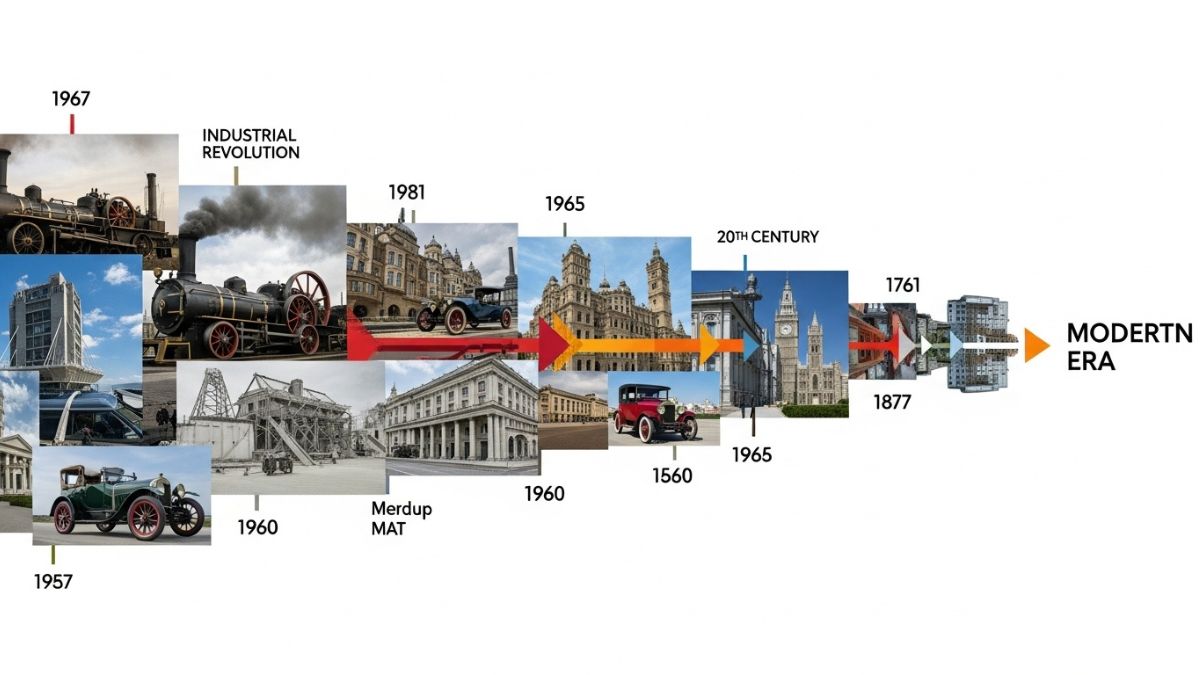For many first-time homebuyers and real estate investors, the idea of an interest-only mortgage is appealing. Lower initial monthly payments create the opportunity to afford a larger home or invest in a more lucrative property. But as with any financial product, there’s more to interest-only mortgages than meets the eye. Are they the right choice for you? This guide will break down how interest-only mortgages work, their advantages, potential risks, and when they might be the right fit for your financial goals.
By the end of this post, you’ll know exactly how interest-only mortgages operate and whether they align with your home-buying aspirations.
What Is an Interest-Only Mortgage?
An interest-only mortgage is a type of home loan where, for a set initial period (typically 5-10 years), you only pay the interest on the loan without paying down the principal balance. This means your monthly payments are significantly lower during this introductory phase. After that period, you’ll begin paying the full amount (both interest and principal), or refinance into a different loan type.
For example, if you take out a $400,000 mortgage with a 5-year interest-only period at 4% interest, your monthly payment during those first five years would only be about $1,333. Once the interest-only period ends, your payments will jump considerably as you begin paying off the loan principal along with continued interest.
Key features of interest-only mortgages include:
- Interest-only phase: Payments only cover the cost of the loan’s interest for 5-10 years.
- Higher payments later: After the introductory phase, payments include both principal and interest, which can significantly increase monthly costs.
- Short-term strategy: Commonly used by those seeking financial flexibility or expecting a significant change in income or assets.
The Pros of Interest-Only Mortgages
Interest-only mortgages can make a significant difference for buyers looking to maximize their purchasing power or manage cash flow.
1. Buy a Bigger Home
Lower initial payments allow borrowers to “stretch” their budgets and potentially buy a larger or more expensive property than they otherwise could with a traditional fixed-rate mortgage. This can be particularly attractive for families or young professionals who need more space and anticipate higher future earnings.
2. Financial Flexibility
An interest-only payment structure frees up more disposable income in the short term. This is ideal for buyers who prefer to invest in other areas, such as upgrading their new property, saving for emergencies, or pursuing additional investments.
3. Short-Term Housing Plans
If you only plan to live in your new home for a few years, an interest-only mortgage can make sense. By the time the higher payments kick in, you may already be ready to sell the home and move on.
4. Attractive for Real Estate Investors
Real estate investors often favor interest-only loans to keep expenses low while maximizing short-term rental income profits. The ability to reinvest saved funds into additional properties is a common advantage in this scenario.
The Cons of Interest-Only Mortgages
While they provide immediate benefits, interest-only mortgages also come with risks and long-term considerations.
1. Payment Shock
When the interest-only period ends, your monthly payments will jump significantly as you begin paying down the principal. For many borrowers, the sudden increase can strain finances, particularly if they didn’t plan ahead or if their income hasn’t grown as expected.
Example: A $400,000 loan at 4% interest could increase from $1,333 (interest-only) to over $2,400 once principal payments begin.
2. No Equity Growth During Interest-Only Phase
Because you’re only paying the interest, the loan balance remains static during the interest-only period. Unlike a traditional mortgage, where each payment builds equity in your home, you won’t make progress toward owning the property outright while in this phase.
3. Higher Long-Term Costs
Interest-only loans don’t reduce the loan balance, meaning you’ll pay more in overall interest compared to a traditional mortgage where the balance steadily decreases over time.
4. Market Risk
If housing prices drop, you could end up owing more than your home is worth. This is especially risky if you plan to refinance or sell the home before the interest-only phase ends.
Who Should Consider an Interest-Only Mortgage?
While interest-only mortgages aren’t ideal for everyone, they can be a strategic tool for specific situations.
1. Real Estate Investors
For short-term investments or highly valuable rental properties, interest-only loans help maximize cash flow and profits. Investors who plan to sell quickly or anticipate market growth often prefer this option.
2. Buyers Expecting Future Income Growth
Young professionals working in high-earning career tracks (e.g., doctors, lawyers, or tech professionals) may choose an interest-only mortgage, knowing their income is likely to increase significantly over the next several years.
3. Short-Term Homebuyers
If you plan to move or sell the home within a few years, an interest-only mortgage allows you to save money in the short term and avoid the larger payments that come later.
4. Financially Savvy Borrowers
Buyers with strong financial management skills and access to reliable investment opportunities may reap more benefits by directing their cash flow into higher-return assets during the interest-only period.
How to Decide if an Interest-Only Mortgage is Right for You
Before jumping into an interest-only mortgage, it’s critical to evaluate your unique financial situation using the following steps:
1. Use an Interest-Only Mortgage Calculator
Online tools can estimate your monthly payments during and after the interest-only phase. These calculators are essential for understanding your payment obligations and planning accordingly.
2. Assess Your Long-Term Financial Goals
Consider whether the immediate savings align with your broader financial plans. Are you prioritizing cash flow for investments, or do you value building equity in your home right away?
3. Speak With a Mortgage Advisor
A qualified advisor can guide you through the nuances of interest-only loans and help you explore alternatives like adjustable-rate or fixed-rate mortgages.
4. Plan for Future Payment Changes
Ensure you’ll be financially prepared when principal payments begin to avoid potential payment shock.
Alternatives to Interest-Only Mortgages
If the risks of an interest only mortgage calculator outweigh the benefits for your situation, here are some alternatives to consider:
- Adjustable-Rate Mortgages (ARMs): ARMs offer lower initial payments but include rate fluctuation risks based on market conditions after the fixed introductory phase.
- Fixed-Rate Mortgages: These mortgages provide predictable monthly payments across the life of the loan, making them a safer option for buyers who prefer financial stability.
- Hybrid Mortgages: Some lenders offer hybrid options that combine benefits from multiple loan types, such as an initial interest-only period followed by fixed-rate payments.
Unlock the Possibilities of Home Buying
Interest-only mortgages can be a game-changer for the right borrower, offering the opportunity to secure a larger property or unlock financial flexibility. However, they also require careful planning and financial discipline to mitigate potential risks.
If you’re still unsure if this mortgage option suits your needs, try using an interest-only mortgage calculator or consulting with a financial planner to assess your path forward.
Ready to explore more mortgage options? Visit your local lender or approved mortgage advisor to find tailored solutions that match your dreams of homeownership.










